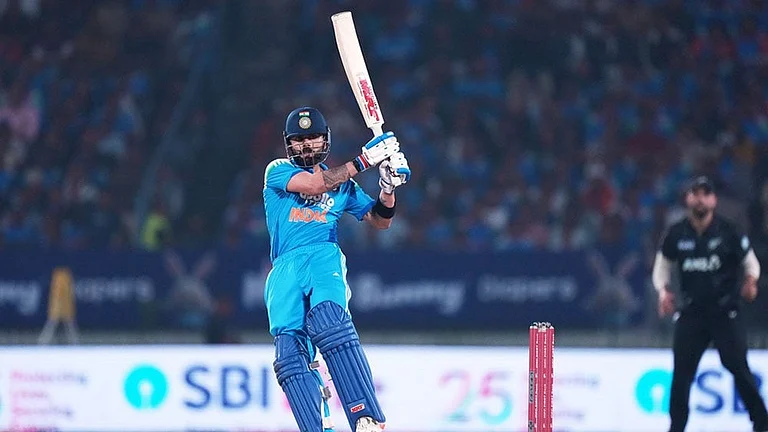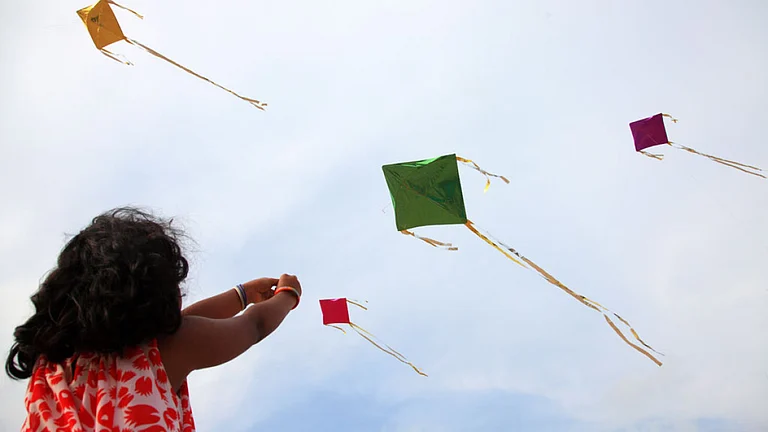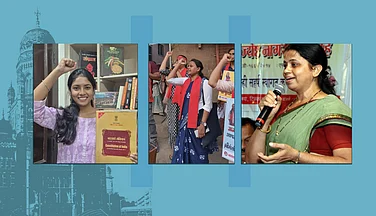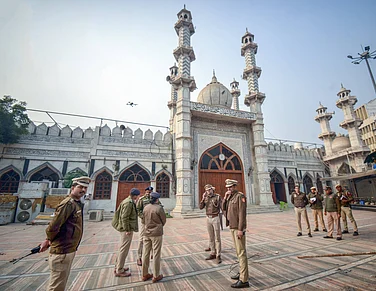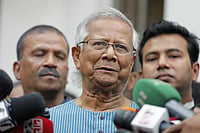The Nitish Kumar-led Bihar govt began the process of the much-talked-about caste census in the state today, January 7. The decision of a caste census was taken by the Bihar cabinet on June 2 last year, months after the Centre ruled out such an exercise in the Census. Earlier, both the CM and deputy CM of the state had met with PM Modi to discuss the issue. The door-to-door survey would cover an estimated population of 12.70 crores in an estimated 2.58 crore households in 38 districts, which have 534 blocks and 261 urban local bodies. The survey would be completed by May 31, 2023.
Costing about Rs 500 crore, the project will be conducted in two legs. The number of all households will be enumerated in the first stage and culminate by January 21, while in the second phase, to commence in April, individual data, pertaining to people of all castes, sub-castes, and religions will be gathered.
Patna DM Chandrashekhar Singh on the census said, "We've started the caste survey today, first phase will be held from Jan 7 to Jan 21. The second phase will be held in April in which information related to socio-economics will be taken. There are a total of 20 lakh families in Patna, which will be counted in 1st phase."
The surveyors or census workers comprising teachers, Anganwadi, MGNREGA, or Jeevika workers, underwent training from December 15. They will also collect information regarding the financial stature of the people.
The data will be collected with a mobile application which will entail questions regarding the interviewee's place, caste, number of family members, profession, and annual income. The digitized data collection through the mobile app will be done from the panchayat to the district level, as part of the eight-level survey across 38 districts.
During media interactions in Sheohar on Friday, in course of his ongoing samadhan yatra (solution journey), CM Kumar Kumar said that “the survey will be a detailed record on castes and communities in the State. It will help in their development”.
The state government plans to use the data in the formulation of welfare policies. Bihar CM Nitish Kumar said that the outcomes from the caste census will prove "beneficial to all" in the development of the state and country. In the absence of data relating to non-SCs and non-STs, the Bihar government says, it’s been difficult to estimate the population of Other Backward Classes (OBCs) correctly.
In the 1931 census, the population of OBCs was estimated at 52 percent. The Congress-led UPA government at the Centre had conducted a socio-economic and caste census in 2011, but the caste data had not been released.
In 2018 and 2019, the Bihar Legislative Assembly passed two unanimous resolutions, in favor of a caste census. In June 2022, an all-party meeting in Bihar, chaired by Chief Minister Nitish Kumar, gave its go-ahead on consensus.
Those demanding a caste census say reservation to the SCs and STs was given based on their population but not in the case of the OBCs. They say the quota needs to be revised, and a caste census is needed for that.
The Political Conflict
The caste-based census is happening despite Union Minister of State for Home Affairs Nityanand Rai's 2021 statement in Parliament about no caste-based census conduction except for the Scheduled Castes (SCs) and the Scheduled Tribes (STs). The Centre has only conducted seven censuses and published data related to only SCs and STs since Independence.
Bihar deputy CM and RJD leader Tejasvi Yadav hit out at the Bharatiya Janata Party and branded BJP as anti-poor. "Caste-based survey will give us scientific data so that budget and social welfare schemes can be made accordingly. BJP is anti-poor. They don't want this to happen", he said.
If the caste census data comes out before the 2024 Lok Sabha election, Nitish and his Deputy CM, Tejashwi Yadav, both spearheading caste-based parties, might be its biggest beneficiaries.
Further, the sensitive caste census data may ignite a fresh round of Mandal and Kamandal politics, as previously seen during the Mandal Commission Report implementation across the country. The Centre has cited this reason for them not endorsing a caste census. However, caste has historically remained a major factor in Indian politics and elections. At present, multiple political parties and party candidates indulge in collecting caste-based data in their constituencies during or prior to elections.
In the early 1990s, the Janata Dal government at the Centre had implemented the Mandal Commission report, extending reservations to the OBCs countering the BJP’s Kamandal politics helmed by its leader LK Advani who undertook the infamous rath yatra for Ram temple construction in Ayodhya.







